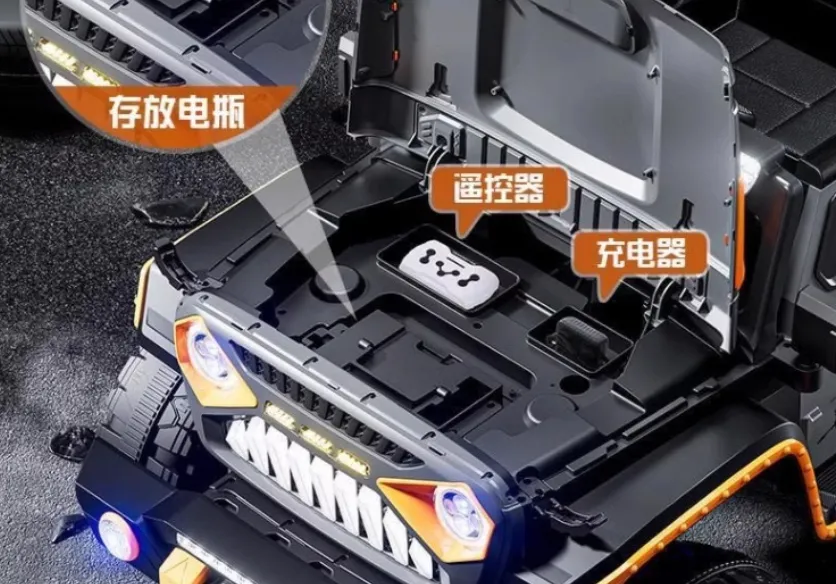
- Afrikaans
- Albanian
- Amharic
- Arabic
- Armenian
- Azerbaijani
- Basque
- Belarusian
- Bengali
- Bosnian
- Bulgarian
- Catalan
- Cebuano
- Corsican
- Croatian
- Czech
- Danish
- Dutch
- English
- Esperanto
- Estonian
- Finnish
- French
- Frisian
- Galician
- Georgian
- German
- Greek
- Gujarati
- Haitian Creole
- hausa
- hawaiian
- Hebrew
- Hindi
- Miao
- Hungarian
- Icelandic
- igbo
- Indonesian
- irish
- Italian
- Japanese
- Javanese
- Kannada
- kazakh
- Khmer
- Rwandese
- Korean
- Kurdish
- Kyrgyz
- Lao
- Latin
- Latvian
- Lithuanian
- Luxembourgish
- Macedonian
- Malgashi
- Malay
- Malayalam
- Maltese
- Maori
- Marathi
- Mongolian
- Myanmar
- Nepali
- Norwegian
- Norwegian
- Occitan
- Pashto
- Persian
- Polish
- Portuguese
- Punjabi
- Romanian
- Russian
- Samoan
- Scottish Gaelic
- Serbian
- Sesotho
- Shona
- Sindhi
- Sinhala
- Slovak
- Slovenian
- Somali
- Spanish
- Sundanese
- Swahili
- Swedish
- Tagalog
- Tajik
- Tamil
- Tatar
- Telugu
- Thai
- Turkish
- Turkmen
- Ukrainian
- Urdu
- Uighur
- Uzbek
- Vietnamese
- Welsh
- Bantu
- Yiddish
- Yoruba
- Zulu
Aug . 12, 2024 09:46 Back to list
Exploring the Essential Features and Benefits of Mountain Bike Derailleurs for Optimal Performance
Understanding Mountain Bike Derailleurs A Key Component for Performance
Mountain biking is an exhilarating sport that combines the joy of cycling with the thrill of navigating rugged trails. One of the unsung heroes of any well-performing mountain bike is the derailleur. This component plays a crucial role in ensuring smooth gear transitions, enabling riders to tackle various terrains with ease. In this article, we explore the function, types, and maintenance of mountain bike derailleurs.
What is a Derailleur?
At its core, a derailleur is a mechanism that shifts the chain between gears on a bike's cassette or derailleur system. Mountain bikes typically have two types of derailleurs front and rear. The front derailleur moves the chain between different chainrings located at the pedal area, while the rear derailleur shifts the chain across the cog set at the back wheel. Together, they allow riders to adjust their gearing based on the steepness of the terrain, the level of resistance, and personal riding preference.
How Do Derailleurs Work?
Derailleurs use a combination of cables, springs, and pulleys to move the chain. When a rider shifts gears, they pull on the shifter lever located on the handlebars, which tightens or loosens the cable attached to the derailleur. This action causes the derailleur to pivot, moving the chain either to a higher or lower gear. The precision of this movement is critical; a well-tuned derailleur will shift seamlessly, while a poorly adjusted one can lead to chain slippage or difficulty in shifting.
Types of Derailleurs
1. Front Derailleurs Most mountain bikes come with a two or three-chainring setup, and the front derailleur is responsible for shifting the chain between these rings. This component is generally less complicated than its rear counterpart and often designed for specific gear systems.
2. Rear Derailleurs The rear derailleur typically has more complex functions, as it must handle multiple gears—often ranging from 7 to 12 speeds or more. Rear derailleurs are categorized into several types based on their design and intended use, such as long cage and short cage models. Long cage derailleurs can accommodate a larger gear range, making them suitable for steep climbs and technical terrains, while short cage models are usually favored for flatter trails, allowing for quicker gear changes.
mountain bike derailleurs

Maintenance Tips
To ensure optimal performance, routine maintenance of your derailleur is essential. Here are some tips to keep your gear shifting smooth
- Regular Cleaning Dirt and grime can accumulate on the derailleur, affecting its function. Regular cleaning with a soft brush and degreaser will help maintain its performance.
- Check Cable Tension Cables can stretch over time. Periodically check for appropriate tension, and adjust if necessary to ensure precise shifting.
- Alignment Inspection The derailleur must be properly aligned with the chainrings and cogs. Misalignment can cause the chain to skip or even fall off.
- Lubrication Keeping the moving parts of the derailleur lubricated will reduce friction and prolong the component's life.
Conclusion
The derailleur is a vital component in mountain biking, facilitating gear changes that enhance a rider's experience and performance on varied terrains. Understanding its function, types, and maintenance can help cyclists maximize their bike's capabilities. As mountain biking continues to evolve with advances in technology, so will the design and functionality of derailleurs, making it an intriguing aspect of cycling innovation. Whether you are a seasoned mountain biker or a newcomer to the sport, ensuring your derailleur is in top condition is essential for a smooth and enjoyable ride.
-
The Ultimate Kids' Four-Wheeler Experience
NewsJul.09,2025
-
The Ultimate Guide to Mountain Bikes: Gear Up for Your Ride
NewsJul.09,2025
-
The New Age of Cycling: Electric Bikes for Every Rider
NewsJul.09,2025
-
The Best Kids Bicycles: Ride in Style and Safety
NewsJul.09,2025
-
The Best 3-Wheel Scooters for Kids: Fun, Safety, and Adventure
NewsJul.09,2025
-
Revolutionize Your Ride: Affordable Electric Bikes
NewsJul.09,2025
-
Finding the Perfect Mountain Bike for Every Rider
NewsJul.09,2025



